In the development history of the automobile industry, there are such a number of car brands. They may have so many models that we are fascinated or the brand ’s personality is amazing. Although they did not escape the fate of being eliminated in the end, their legendary story never lingers. Today, we has selected 10 classic car brands from these disappearing brands, and simply take a look at their history together.
● HUMMER (1983-2010)
Classic Index: ★★★★☆
Brand highlights: from the military car, off-road vehicle king
Causes of disappearance: 2008 financial crisis, high fuel consumption, and niche brands
Hummer in 1992, launched by Am General and derived from the civilian version of military vehicles HMMWV. Because of its excellent off-road performance, it has been hailed as the “king of off-road vehicles” by people inside and outside the industry. In 1999, General Motors acquired the Hummer trademark and production rights from Am General.

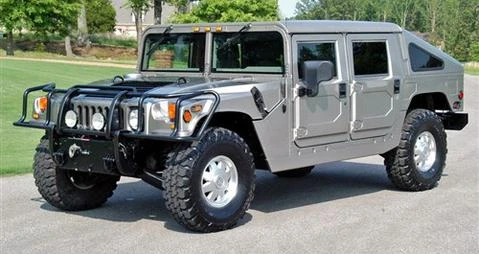
After the Hummer entered GM in 1999, GM began to develop and produce the Hummer H1, Hummer H2, Hummer H3. The Hummer H1 followed the appearance of the military version of HMMWV and was fierce. It was not designed for civilians, but for the harsh requirements of the US military. The military requires cars to last up to 12 years under almost full load. With unprecedented power performance, handling performance and durability, it can be applied to a variety of special roads, and can travel on roads that many sports vehicles cannot travel.

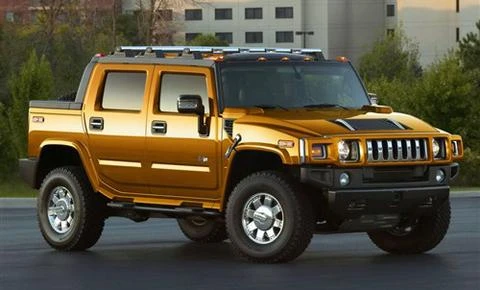
In 2003, GM launched the Hummer H2, which is different from the Hummer H1’s militarized huge size and simple comfort equipment. The design of the Hummer H2 was aimed at general roads, reducing the size of the body, adding comfort accessories, and closer to the general public Usage needs. In 2005, the company launched two pickup trucks, the Hummer H2 SUT and the off-road vehicle Hummer H2 SUV, to complete the product lineup.

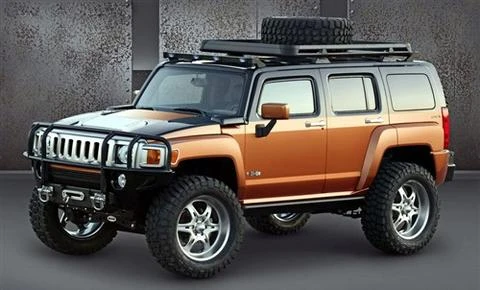
In 2005, the Hummer H3 went on sale and was produced by GM. The Hummer H3 is positioned below H2, smaller than H2 and cheaper. The Hummer H3 is developed based on the GM Canyon / Colorado pickup platform. It retains the original Hummer’s flavor and excellent off-road capabilities. The smaller size and better fuel economy make it more suitable for market needs.


In the nearly 10 years since the launch of Hummer, due to being too niche and high fuel consumption, it has only won the favor of a small number of off-road vehicle fans. By 2008, the global financial crisis broke out. Because Hummer’s owner GM had already been unable to protect itself, it pushed the niche brand Hummer to the brink of closure. It officially disappeared in 2010.
● SAAB (1937-2011)
Classic Index: ★★★★☆
Brand highlights: Originated from aircraft companies, the originator of turbocharged engines, strong safety performance
Causes of disappearance: GM’s same platform strategy made SAAB lost himself and later lost the ability to independently develop new cars
SAAB Motor Company was originally originated from Swedish Aircraft Co., Ltd. This company was established in Sweden in 1937. Began to develop SAAB cars in 1944, and then successively launched a series of 92, 93, 94, 96, 97, 99 and other models. From 1950s to 1970s were their most brilliant moments. Not only did they get a lot of sales in civilian cars, but they also made brilliant achievements in racing history.

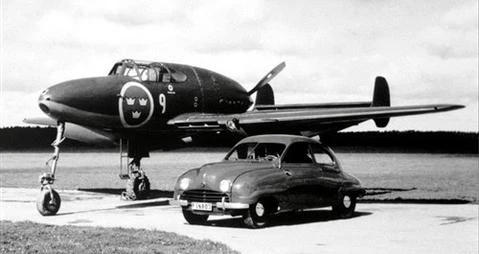
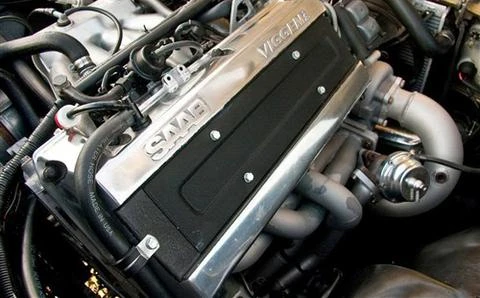
In the history of SAAB, the most worth mentioning is that it was an earlier civilian car brand that generally used turbocharged engines. In 1976, the SAAB 99 model was first equipped with a 2.0T turbocharged engine. At the era of the oil crisis, the turbocharged technology is undoubtedly the right technology at the right time. It coincided with the prevailing trend of society at the time emphasizing fuel economy.




In the 1990s, GM acquired a 50% stake in SAAB, and then began to change the model number to SAAB 9-3 and SAAB 9-5. After 2000, SAAB became a brand of GM completely, and it also began to produce in the same platform with GM’s Chevrolet and other models. This strategy has made SAAB gradually lose its self. In 2003, GM also acquired the engine department of SAAB, so far SAAB also lost its ability to develop products.


Under the influence of the global financial crisis in 2008, GM began to sell the SAAB brand. In 2010, Spyker successfully acquired SAAB. However, SAAB did not turn around in the year in Spyker. In 2011, it was ready to sell again. After the mergers and acquisitions of youth Lotus and Huatai, SAAB eventually went bankrupt.
SAAB is a fairly classic car brand. Some of its unique designs still deeply affect the development of the automotive industry, such as: powerful turbocharged engines, aerodynamic design concepts, unique driving safety systems, etc.
● Oldsmobile (1897-2004)
Classic Index: ★★★★☆
Brand highlights: rich history, the earliest large-scale use of AT, the first American company to manufacture four-wheel drive
Cause of disappearance: products cannot keep up with the market, positioning is not clear, vehicle fuel consumption is high, failed market strategies
In 1897, Ransom Eli Olds founded Olds Motor Works in Lansing, Michigan. It was renamed Oldsmobile after it was merged with General Motors in 1908. In more than 100 years of history, Oldsmobile has had many proud achievements. For example, it was the first company in the United States to launch a motor vehicle export business, and the first company to equip large-scale automatic transmissions. The company that produced the first four-wheel-drive car and so on.



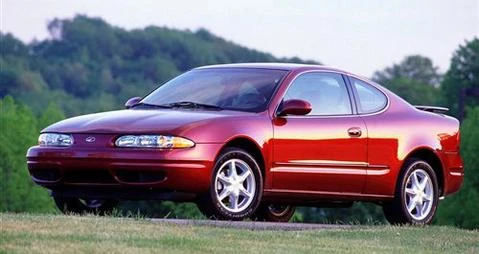
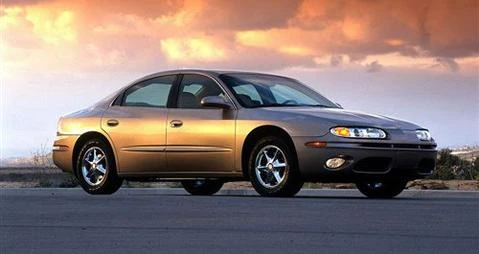
Of course, in the more than 100 years of development of Oldsmobile, many classic models have also emerged, such as: Rocket 88, Aurora, Alero, Intrigue, Silhouette, etc. Among them, Among them, Alero and Aurora were developed by GM in order to fight against foreign brands, especially Japanese brands. Intrigue and Silhouette embody a typical general strategy: design a model on one platform, and then sell it under different brands in North America and even around the world. GM ’s strategy seems to be that multiple brands are attacking at the same time in the short term, bringing precise blows to opponents, but in the long run, it is easy for brands to completely lose their own style and reduce customer loyalty, and eventually accumulate problems are not easy to solve.




Rocket 88, a 50-year-old model. The first-generation “Rocket 88” was equipped with a 170-horsepower V8 engine, which was a very fast car at the time. In the era of Gangster rampage, many gangster gunners and bank robbers liked Rocket 88 very much, because it had a sturdy car body and a fast speed, which could easily break through the police’s siege circle. At the same time, the launch of this model is also considered the originator of American muscle cars. In 1999, the Rocket 88 series with a 50-year history was officially discontinued. In any respect, Rocket 88 series is the most important and classic car series in the history of Oldsmobile.


Oldsmobile’s car series began to weaken after the oil crisis, and it became one of the brands most affected by foreign brands, especially Japanese brands. Because of the overlap between the brand positioning of Oldsmobile and Buick, GM first wanted to distance Oldsmobile from Buick by making Oldsmobile’s models younger, which caused Oldsmobile to lose many original loyal customers. After the failure of making models younger, GM wanted to use Oldsmobile as a test product to produce cars that imitated the style of German and Japanese rivals. This was also unsuccessful.
In addition, Oldsmobile’s cars do not have the strong style and personality of their own brand like Cadillac or even Pontiac, and there is no scientific car segmentation within the brand. Various reasons led to the decline of Oldsmobile, becoming the worst-selling brand of GM. In the 1990s, GM also spent huge sums of money to develop new models for it, but still couldn’t turn a profit and finally announced in 2000 that it would abandon the rescue of Oldsmobile and finally officially closed the factory in 2004. A century-old brand has disappeared.
● Pontiac (1899-2009)
Classic Index: ★★★★☆
Brand highlights: a model of sports muscle cars represented by the Firebird
Reasons for disappearing: GM’s Same Platform Strategy, 2008 Global Financial Crisis
Pontiac was first established in 1899. It started as a small factory producing automobile parts and then officially started producing cars in 1907. Formally acquired by General Motors in 1909. The brand positioning is between Ozmobile and Chevrolet. After entering GM, it began to produce mainly Oakland vehicles, and the first Pontiac car was produced in 1926.



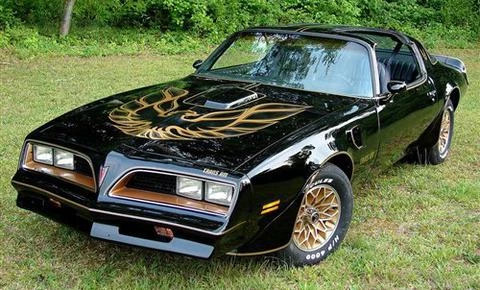

Since the 1950s, Pontiac has begun to develop in the mid-to-high-end sports sedan. At the same time, the logo has also been replaced with the new arrow-type logo from the previous Indian head logo. In the 1960s, with the popularity of muscle cars, Pontiac launched many classic models, including Pontiac GTO, Firebird, Bonaville and so on. By 1969, Pontiac had sold 140,000 units, ranking third in the United States at that time.

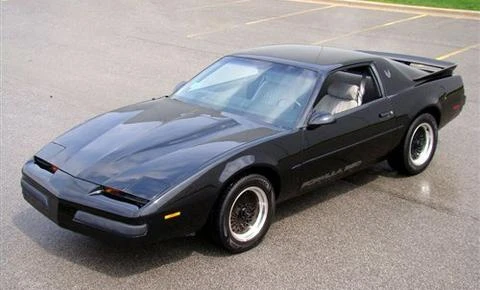
In the 1970s and 1980s, due to the impact of the global energy crisis, Pontiac began to transform. Instead of focusing on large-displacement and large-size muscle cars, it turned to the small and medium-sized family car market. The minimum displacement model once reached 1.4L. At the same time, the most classic second-generation Firebird, the star model in the Knight Rider, was also born in this period with an engine displacement of 2.5L.

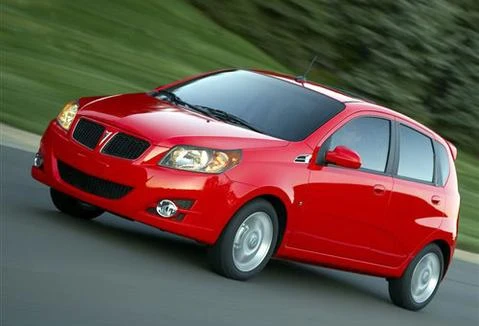
Pontiac’s real decline is after the 90’s. GM’s same platform strategy caused Pontiac to lose himself. In addition to the subtle differences in logos and appearances of later models, it’s inherently is no different from Ozmobile and Chevrolet.
In 2009, due to the subprime mortgage crisis, GM announced bankruptcy protection for US federal government assistance, while Pontiac, Hummer, Saab, and Saturn were declared to be canceled. Pontiac models would be discontinued at the end of 2010.
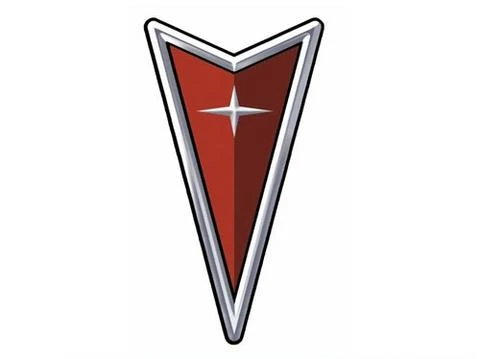
 Until the disappearance of the Pontiac brand in 2010, Pontiac also produced several new models of the G3, G5, G6, G8, Torrent and Vibe. In order not to waste resources (technology and spare parts, etc.), GM merged these models into GM’s only four remaining brands, including Chevrolet, Buick, GMC, and Cadillac. At this point, a century-old brand has officially closed.
Until the disappearance of the Pontiac brand in 2010, Pontiac also produced several new models of the G3, G5, G6, G8, Torrent and Vibe. In order not to waste resources (technology and spare parts, etc.), GM merged these models into GM’s only four remaining brands, including Chevrolet, Buick, GMC, and Cadillac. At this point, a century-old brand has officially closed.
● DAEWOO (1967-2011)
Classic Index: ★★★★☆
Brand highlights: South Korea’s second-largest auto company, with high sales in the economical civilian car market
Reason for disappearance: Excessive expansion. After production on the same platform as GM’s models, sales volume declined
DAEWOO Motors is the backbone company of South Korea’s DAEWOO Group and the second largest automobile manufacturer in South Korea. It had an annual output of more than 600,000 vehicles. In 1967, Jin Yuzhong founded Shinhan Company, later changed to Shinjin Company, and changed to DAEWOO Motor Company in 1983. DAEWOO has always had a very close relationship with General Motors of the United States. Since its inception, it has cooperated with GM to produce cars, trucks and coaches of more than eight tons. DAEWOO’s goal is to export. It was the earliest company to export cars in South Korea. It exported cars to the United States as early as 1984.


In 1993, Daewoo ’s president, Jin Yuzhong, proposed a strategy of “global operation.” At that time, Daewoo had more than 150 overseas companies. By the end of 1999, the number increased to more than 600, which is equivalent to adding an companies every three days. After the financial crisis in South Korea in late 1997, the Daewoo Group collapsed. It was formally declared bankrupt on November 8, 2000. Daewoo Motors was also included in the list of “rectification companies”. During this period, Daewoo negotiated with a number of world-renowned car giants on the sale.

 On October 28, 2002, GM formally acquired the Daewoo brand and established GM Daewoo Automotive Technology Co., Ltd. (referred to as GM Daewoo) in Seoul, South Korea. After Daewoo Motors entered GM, it began to produce mid-to-low-end vehicles with Chevrolet and Buick on the same platform, and sold them all over the world. Among them, Daewoo LOGO was still affixed on the model that sold in South Korea, while affixed Chevrolet and Buick ’s LOGO on the model that sold in the United States and Europe.
On October 28, 2002, GM formally acquired the Daewoo brand and established GM Daewoo Automotive Technology Co., Ltd. (referred to as GM Daewoo) in Seoul, South Korea. After Daewoo Motors entered GM, it began to produce mid-to-low-end vehicles with Chevrolet and Buick on the same platform, and sold them all over the world. Among them, Daewoo LOGO was still affixed on the model that sold in South Korea, while affixed Chevrolet and Buick ’s LOGO on the model that sold in the United States and Europe.


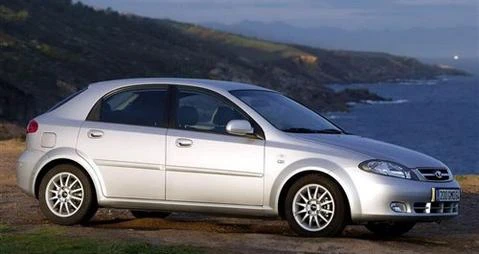
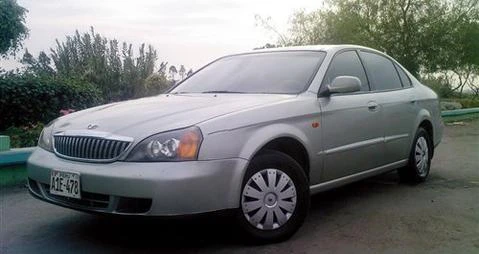

Daewoo’s models launched under GM include Matiz, Daece Lacetti, Kalos, Magnus.
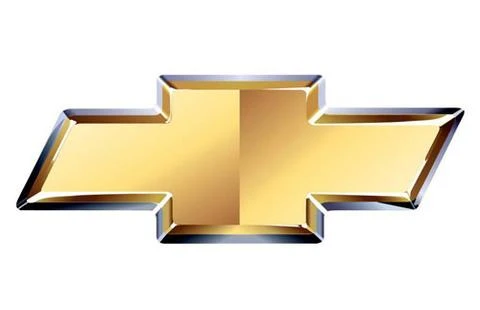
 In 2011, GM Daewoo Motors announced that it would use “Chevrolet” to replace the “Daewoo” brand used in South Korea. At the same time, the name of GM Daewoo was changed to “GM Korea Co.” and company name change completed in first quarter of 2011. The history of Daewoo as an automobile brand is completely over.
In 2011, GM Daewoo Motors announced that it would use “Chevrolet” to replace the “Daewoo” brand used in South Korea. At the same time, the name of GM Daewoo was changed to “GM Korea Co.” and company name change completed in first quarter of 2011. The history of Daewoo as an automobile brand is completely over.

